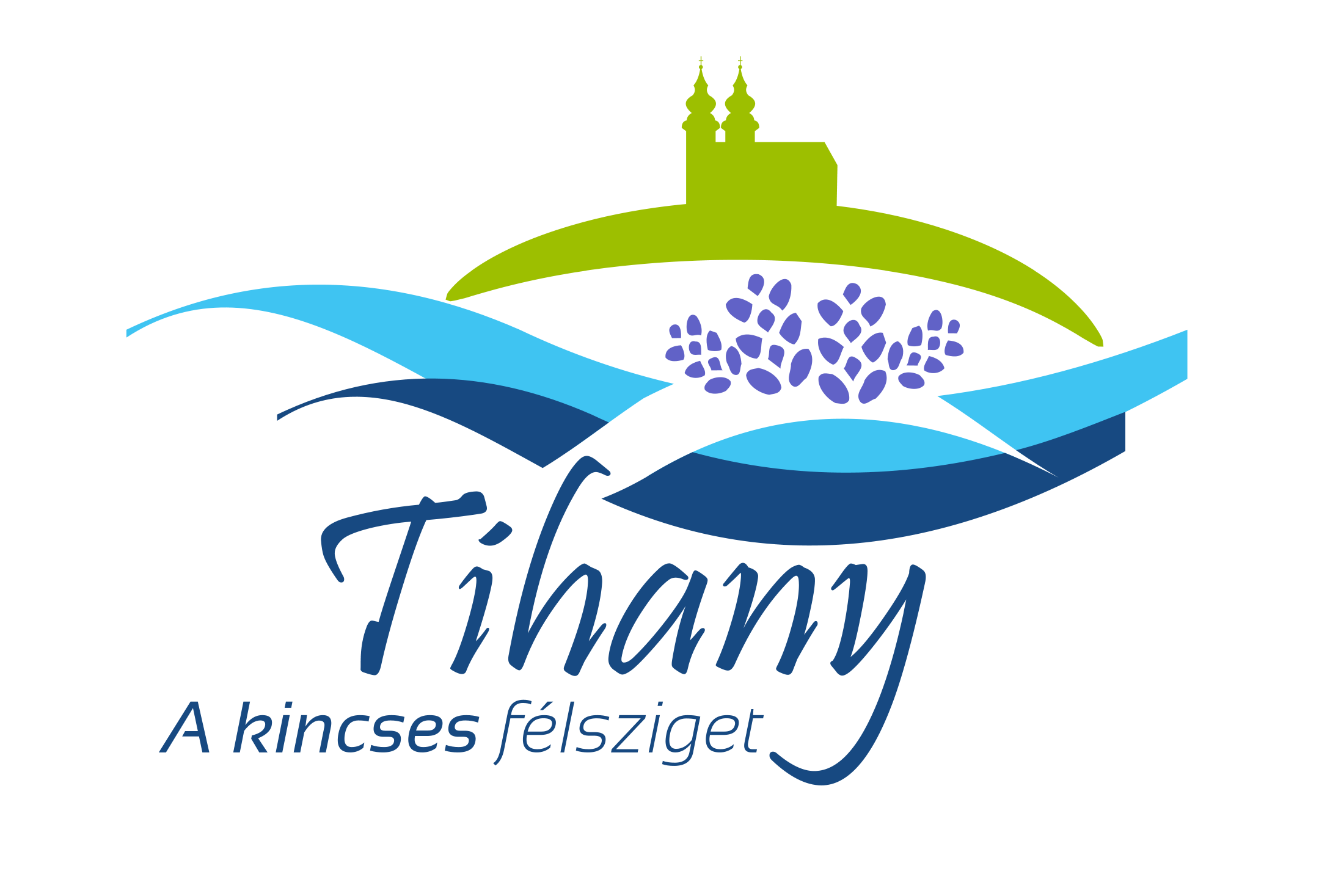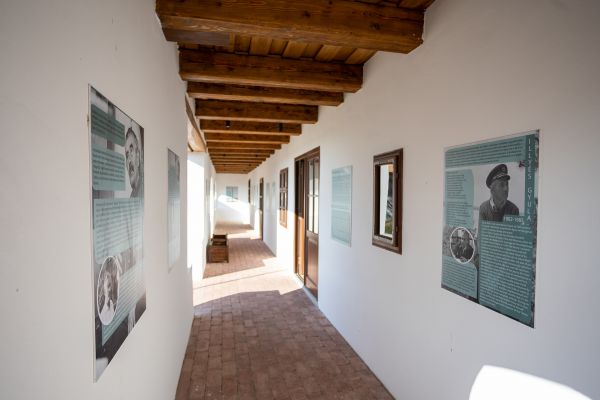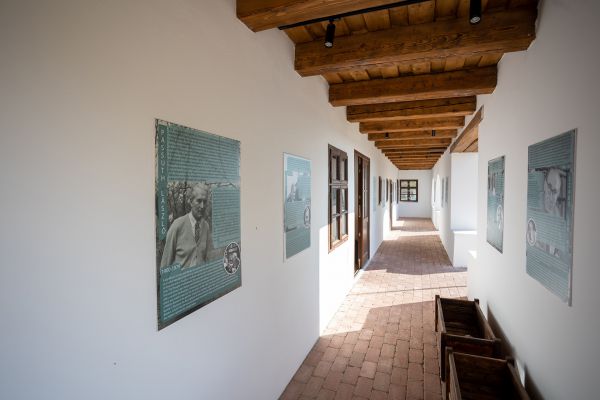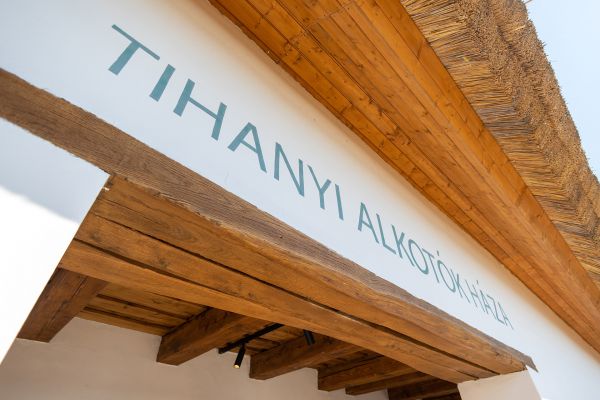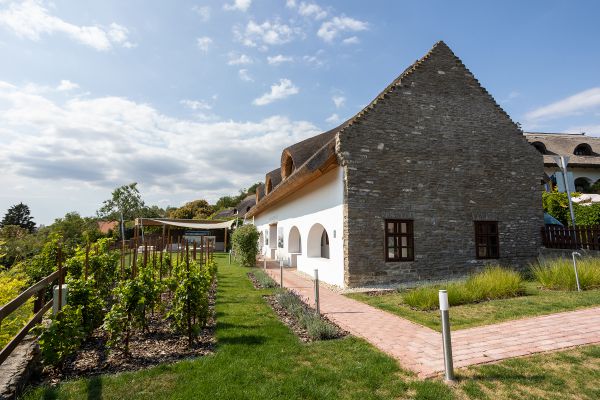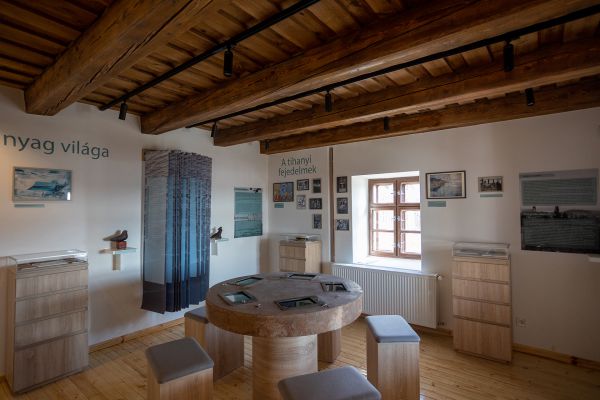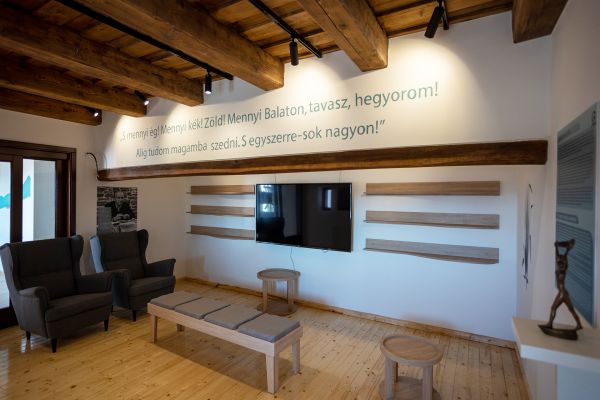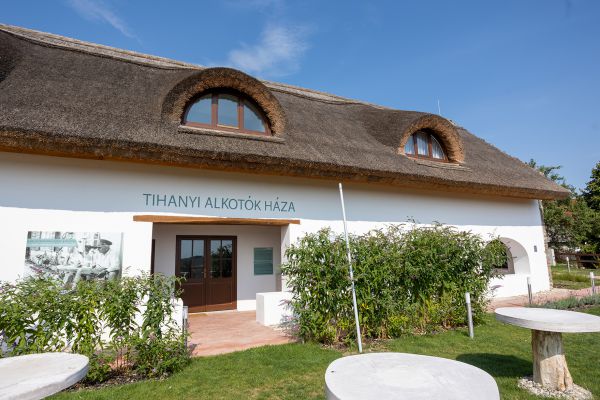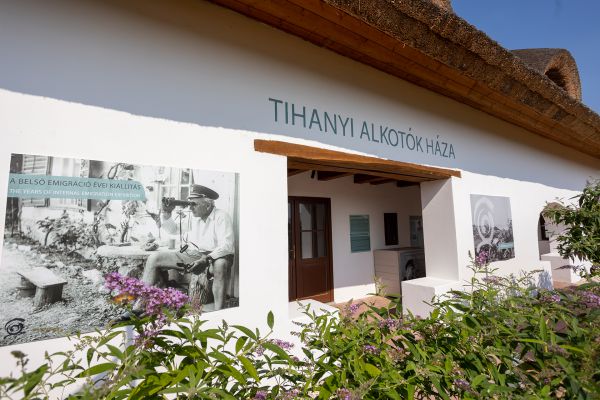In the middle of the 20th century, the Tihany Peninsula hosted many important writers, po-ets, and visual artists. The exhibition gives a taste of the works of these artists and shows how their lives and works are connected to Tihany and the surrounding landscape, how they are inspired by the past and culture of the settlement, and how they create a unique web of artists and works.
The sculptor Miklós Borsos spent his summers in Tihany from 1943. The environment had a significant influence on his art, on the mood of his drawings and sculptures, and even on the choice of material for the sculptures. It has won numerous awards. His exhibitions at the Tihany Museum were significant.
The writer and translator László Passuth bought a plot of land in Tihany in 1958. He spent his summers in the holiday home built for this purpose. He also wrote his novel In Ravenna Was Rome Buried here.
Gyula Illyés, a Hungarian poet, writer, playwright, translator, and newspaper editor, already came into contact with Lake Balaton in 1944, above all with Tihany, when he and László Németh fled through Szántód and found refuge here. He created a substantial part of his rich oeuvre, which carries national tradition, Europeanism and modernity, here, in his home in Tihany. The poet who lived here with his wife, Flóra Kozmutza, was inspired by the Balaton landscape and Tihany for many of his poems and prose, such as the poems "My Friends in Tihany" and "Notebook".
The writer and esthete László Németh, one of the most outstanding creators of Hungarian literature, came into contact with Lake Balaton as early as the 1960s. At the encouragement of Miklós Borsos, he settled in his house in Sajkod in 1957. He wrote several important works of his rich oeuvre here.
The establishment of a worthy presentation place for the creators, artists and traditions of Tihany was created by renovating the municipal monument building and garden. The pur-pose of the creation of the memorial site for the artists (e.g. Miklós Borsos, Gyula Illyés, László Németh, László Passuth and folk artists and folk masters) is the interactive, experien-tial presentation of the local built and intellectual cultural heritage, which, through a non-stop café and the related cultural event space, can function as a live, interactive exhibition space. To this end, there is a barista bar on the ground floor with occasional live music, a French patisserie, a museum shop, a gallery on the first floor, a creative room and corners, an event hall where reading evenings, audience meetings, lectures and other programs can take place, and the background infrastructure is completely high-tech everywhere (online order processing , unique payment system, LED walls, sound technology, projection, etc.), but all of this is integrated into the archaic environment. Gamification is also present and supports art enjoyment (from kinect to quizzes). The terrace is partially covered and can be winterized. The environment inspires creation.
The Tihany Peninsula was of particular importance for artists who played a significant role in the cultural life of our country. Today, the general public, the members of the Hungarian nation, do not, or only barely, know this tradition and value. The development fills a gap, contributes to the increase of local and national identity, and to the presentation of the cul-tural life of our country at a European level. It is connected to the outdoor literary-themed attractions planned in the Csokonai Park, and can be their final stop. The project is also among the priority development goals of the Petőfi Literary Museum and EMMI (Ministry of Human Resources).
 English
English  Čeština
Čeština  Nederlands
Nederlands  Polski
Polski  Magyar
Magyar  Deutsch
Deutsch 